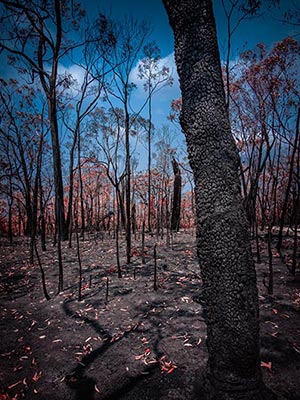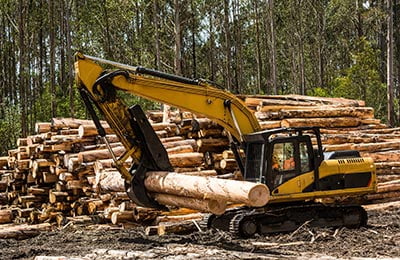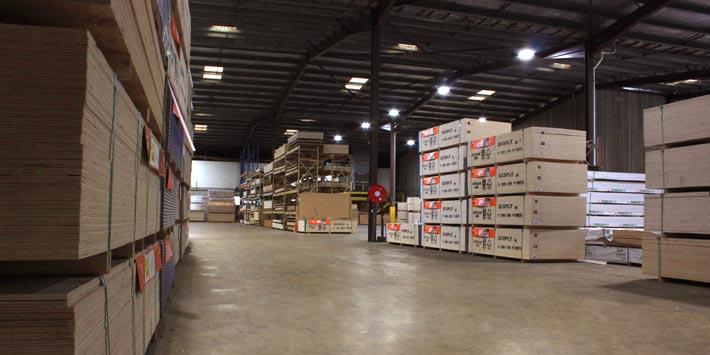The 2019-2020 bushfire season proved to be devastating to Australia’s timber industry. The fires burned millions of hectares of land, most of which are located in the country’s eastern seaboard. The loss of these primary sources of wood is expected to affect timber and plywood prices moving forward.
Learn more about the impact of the bushfires and how the timber industry is dealing with the aftermath in this article.
Impact of the bushfires on the timber industry
The bushfire season started as early as June 2019, when several uncontrolled fires reportedly broke out across Queensland. The bushfires eventually spread to New South Wales, Victoria, and other neighboring states.
Experts believe the bushfires burned more than 18.7 million hectares of land across the country. By comparison, the 2009 Black Saturday bushfires burned 450,000 hectares.

In NSW, fires destroyed 5.4 million hectares, according to the Rural Fire Service. This is an area larger than the entire country of Denmark.
The Dunns Road bushfire alone ravaged more than 330,000 hectares in the state’s Riverina region. Of these, 48,000 hectares served as pine tree plantations. Local harvesters and timber mills had to quickly fell the charred pine trees to salvage them before they became completely worthless.
Meanwhile, Victoria lost as much as 1.5 million hectares of land to the bushfires. The fires destroyed much of the land meant for native hardwood logging in East Gippsland.
The event dealt a severe blow to the state’s timber industry, which was already reeling from the Labour government’s decision to slowly shut down the native logging industry within 10 years.
The Australian Forest Products Association said some of the charred plantation trees were for building products. The group warned that it would take 30 years to regrow these lost trees.
Timber and plywood prices
Despite the loss of native forests and plantations to the bushfires, the price of timber remains relatively stable. Plywood prices also haven’t changed much following the disaster. This is because several groups have come together to manage the potential impacts of the fires to the industry.
Timber companies in NSW have begun harvesting plantation timber at four times the normal rate. Their goal is to salvage trees that weren’t damaged much in the fires.
Some timber mills have also started recovering burnt timber from native forest estates in the state and in neighboring Victoria.
Several importers have also pledged to support local timber communities while they recover from the devastation of the bushfires.

Meanwhile, industry associations have teamed up to help keep the timber market stable. Organisations, such as the Frame & Truss Manufacturers Association, are guarding against product suppliers who might want to take advantage of the disaster to influence the price of timber products.
While timber and plywood prices may be stable now, there’s no guarantee that things will stay the same moving forward.
Australian Timber Importers Federation (ATIF) explained that there is going to be an initial spike in timber supplies because of the ongoing log salvage. However, the industry will eventually run out of its domestic supply both in the medium and long term.
The ATIF calls on the timber industry to work together so that they can plan ahead and make sure that they won’t experience a timber shortage.
Bracing for a potential timber shortage
Experts anticipate that the timber industry might take years to fully recover from the impacts of the bushfires. Unlike previous seasons, the recent fires affected not only a few local businesses but entire regions.
If the demand for plywood catches up with the limited supply, it’s very likely that prices are going to skyrocket. By then it will be harder for manufacturers to produce enough to satisfy the needs of the market.
That’s why it’s important to secure your supply while plywood prices are still manageable. Buying your plywood supplies today will help you avoid the headache of dealing with a timber shortage.




